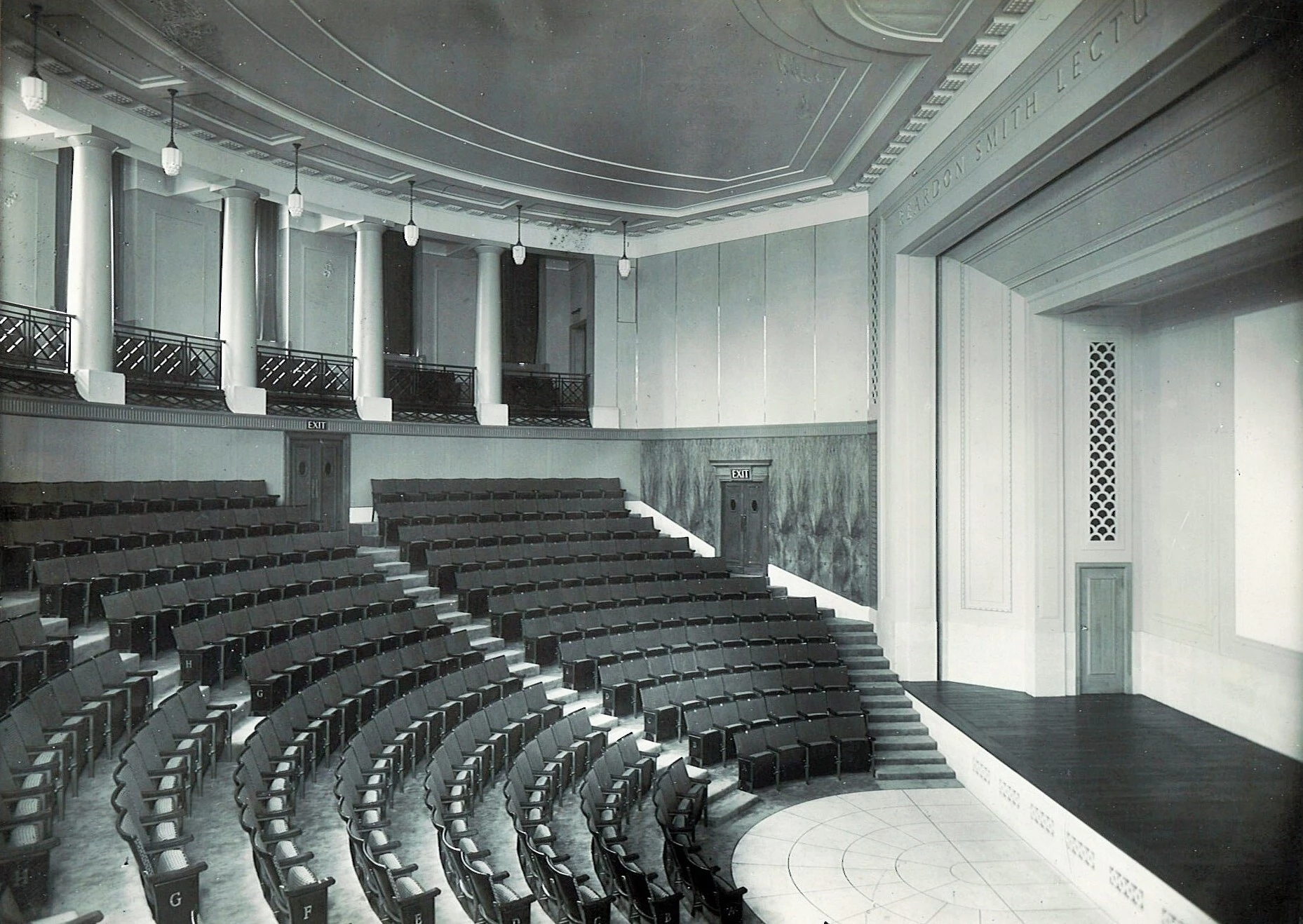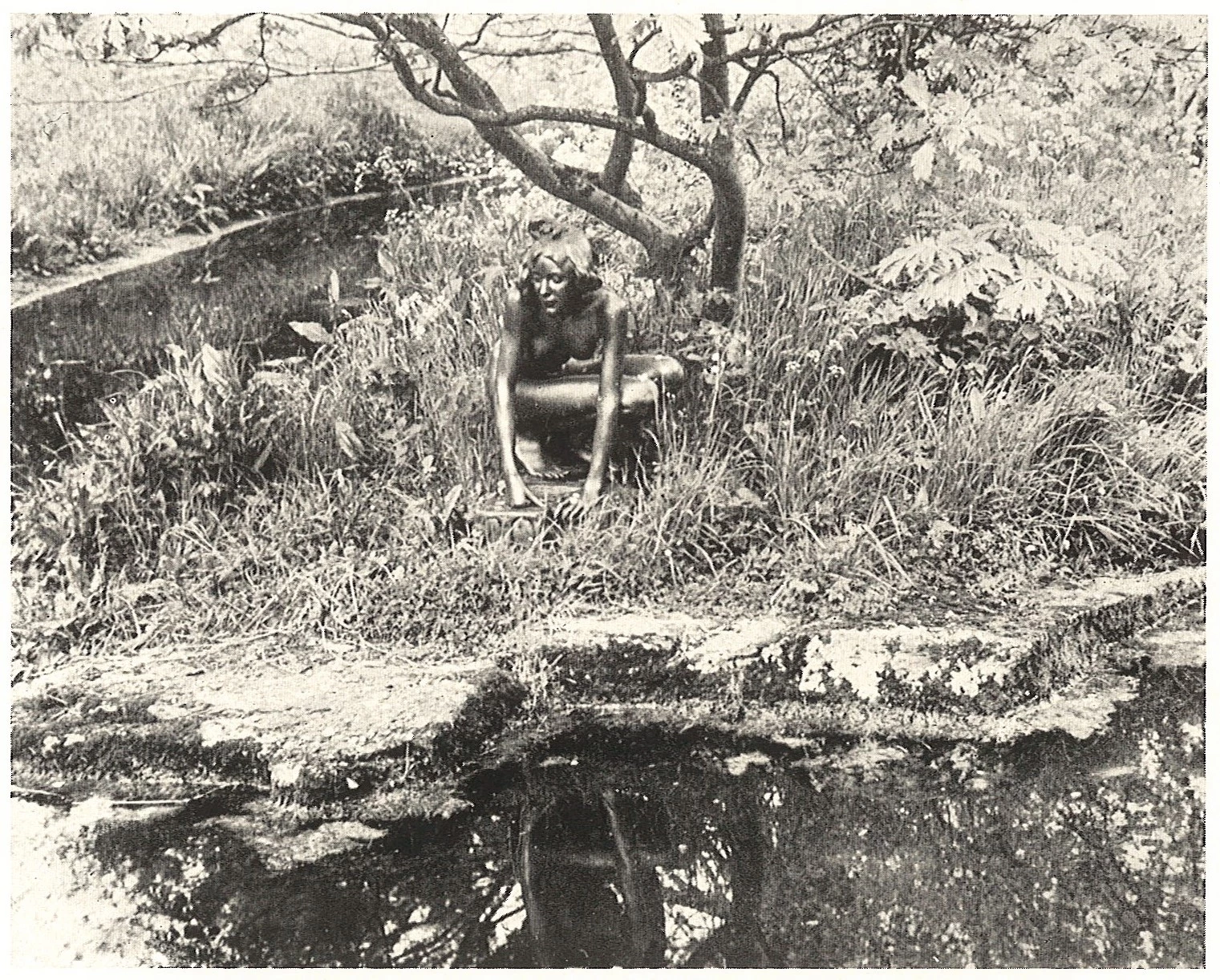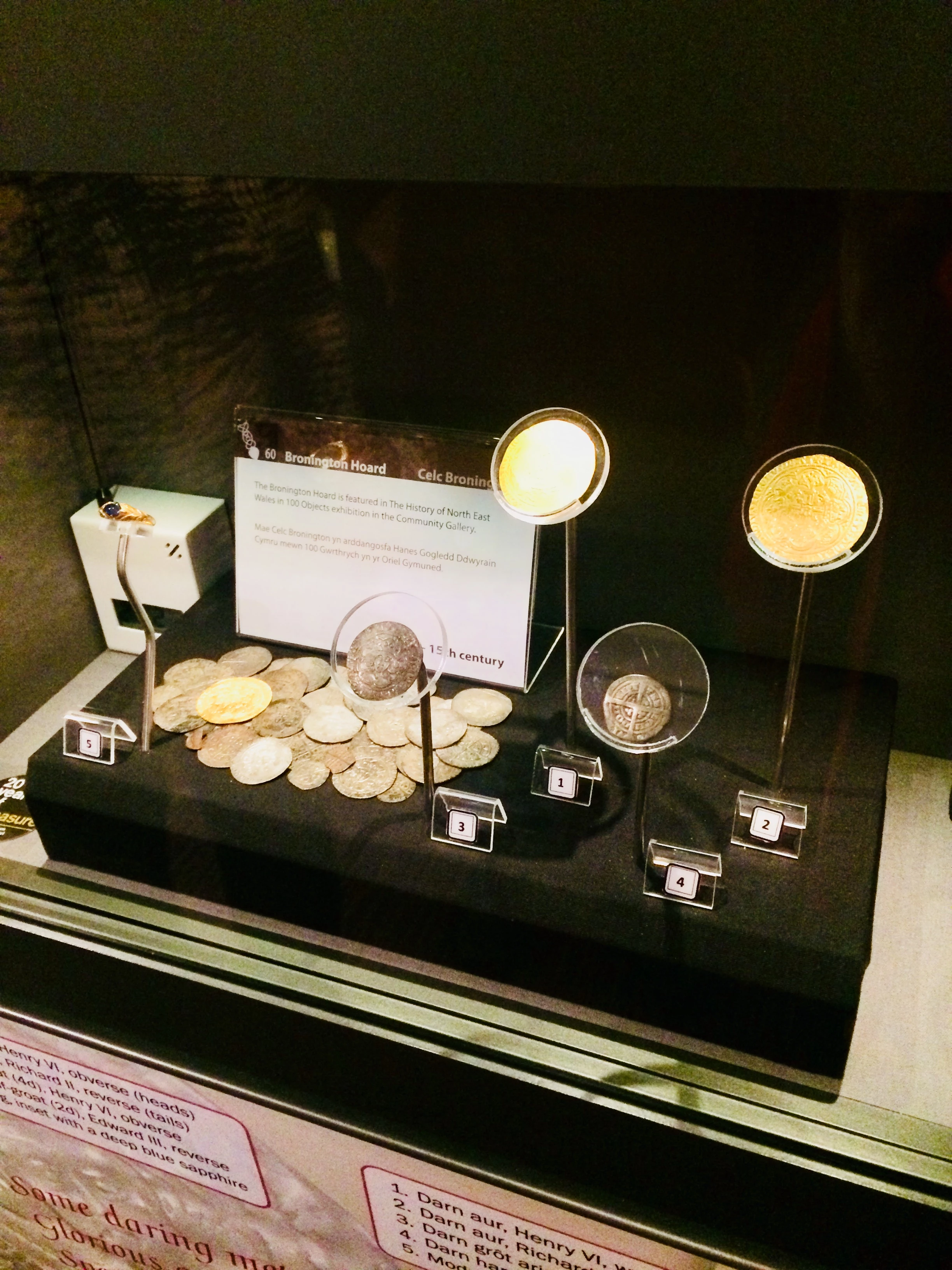Lleisiau coll Cymraeg Caerdydd
, 6 August 2018
Sut beth oedd Cymraeg Caerdydd yn y gorffennol? Dylan Foster Evans sy'n trafod lleisiau coll ein prifddinas:
Wrth bori mewn papurau newydd o ddiwedd y bedwaredd ganrif ar bymtheg, fe welwch fod trafod o dro i dro ar ddiflaniad Cymry Cymraeg ‘brodorol’ Caerdydd.
Roedd gan y dref yr adeg honno ei ffurf ei hun ar y Wenhwyseg, y dafodiaith leol draddodiadol. Ond er bod niferoedd siaradwyr Cymraeg Caerdydd ar gynnydd, llai a llai a siaradai hen dafodiaith Gymraeg Caerdydd. Mae’n destun rhyfeddod, felly, ein bod ni heddiw yn gallu gwrando ar leisiau’r to olaf o unigolion a fagwyd yn siarad y Wenhwyseg leol yn y Gaerdydd bresennol neu’n agos iawn ati.
Mae gwrando arnynt yn brofiad sy’n gofyn am ychydig o ymdrech ar ein rhan. Ar adegau, waeth cyfaddef ddim, mae rhyw afrwyddineb yn nodweddu geiriau rhai o’r siaradwyr olaf hyn. Nid niwsans mo hynny, chwaith, ond rhywbeth sy’n gwbl, gwbl greiddiol i’r profiad. Hen bobl yw’r rhain ac mae olion y degawdau i’w clywed ar eu lleisiau.
Ac yn achos sawl un, nhw yw siaradwyr Cymraeg olaf y llinach. Mae eu perthynas â’r iaith wedi breuo o flwyddyn i flwyddyn ac o ddegawd i ddegawd.
Ond yn yr afrwyddineb hwnnw — ac yn wir yn eu Saesneg — y daw eu profiadau’n fyw.
Dyna lle clywn ôl addysg a anwybyddai’r Gymraeg; dyna lle clywn effaith diffyg trosglwyddo rhwng cenedlaethau; a dyna lle’r ymdeimlwn â realiti shifft ieithyddol. Ond er gwaethaf hynny oll, mae yma wir brydferthwch.
Enwau'r ddinas - o Blwyf Mair i Lanetarn
Y cynharaf ohonynt yw Edward Watts (1840–1935) o Landdunwyd ym Mro Morgannwg. Fe’i recordiwyd pan oedd yn hynafgwr dros ei ddeg a phedwar ugain.
Cofiai ymweld â Chaerdydd tua chanol y bedwaredd ganrif ar bymtheg ac wrth sôn am safle hen neuadd y dref yn ‘Plwyf Mair’ mae’n cofnodi elfen o ddaearyddiaeth Gymraeg Caerdydd sydd bellach wedi ei cholli.
A dyna chi Tom Lewis y ‘trychwr’ o ‘Rwbina’ (nid ‘o Riwbeina’ fel y dywedai llawer ohonom heddiw).
A’r Husbands — cynnyrch cymuned amaethyddol Llanishan, Llys-fæ̂n a Llanetarn, chwedl hwythau (ond Llanisien, Llys-faen a Llanedern i ni, debyg iawn).
Caerdydd wahanol iawn oedd Caerdydd llawer o’r lleisiau hyn. Ond hebddyn nhw a’u tebyg, gwahanol iawn fyddai ein Caerdydd ninnau.
Gyda diolch i Beth Thomas, Meinwen Ruddock-Jones a Pascal Lafargue. Am ragor o hanes y Gymraeg yng Nghaerdydd, dilynwch @CymraegCaerdydd a @diferionDFE - ac am ragor o Archif Sain Ffagan, dilynwch @ArchifSFArchive
Bydd arddangosfa o hanes Trebiwt, y Bae a Chaerdydd i'w gweld yn Y Lle Hanes trwy gydol yr Eisteddfod.
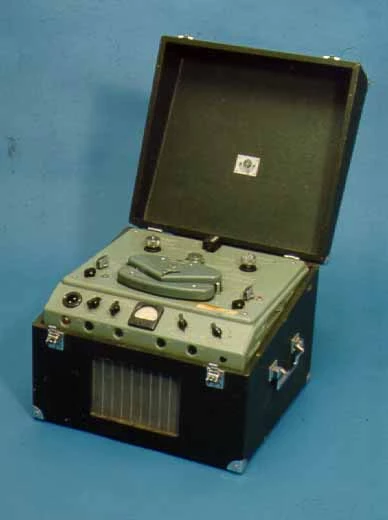



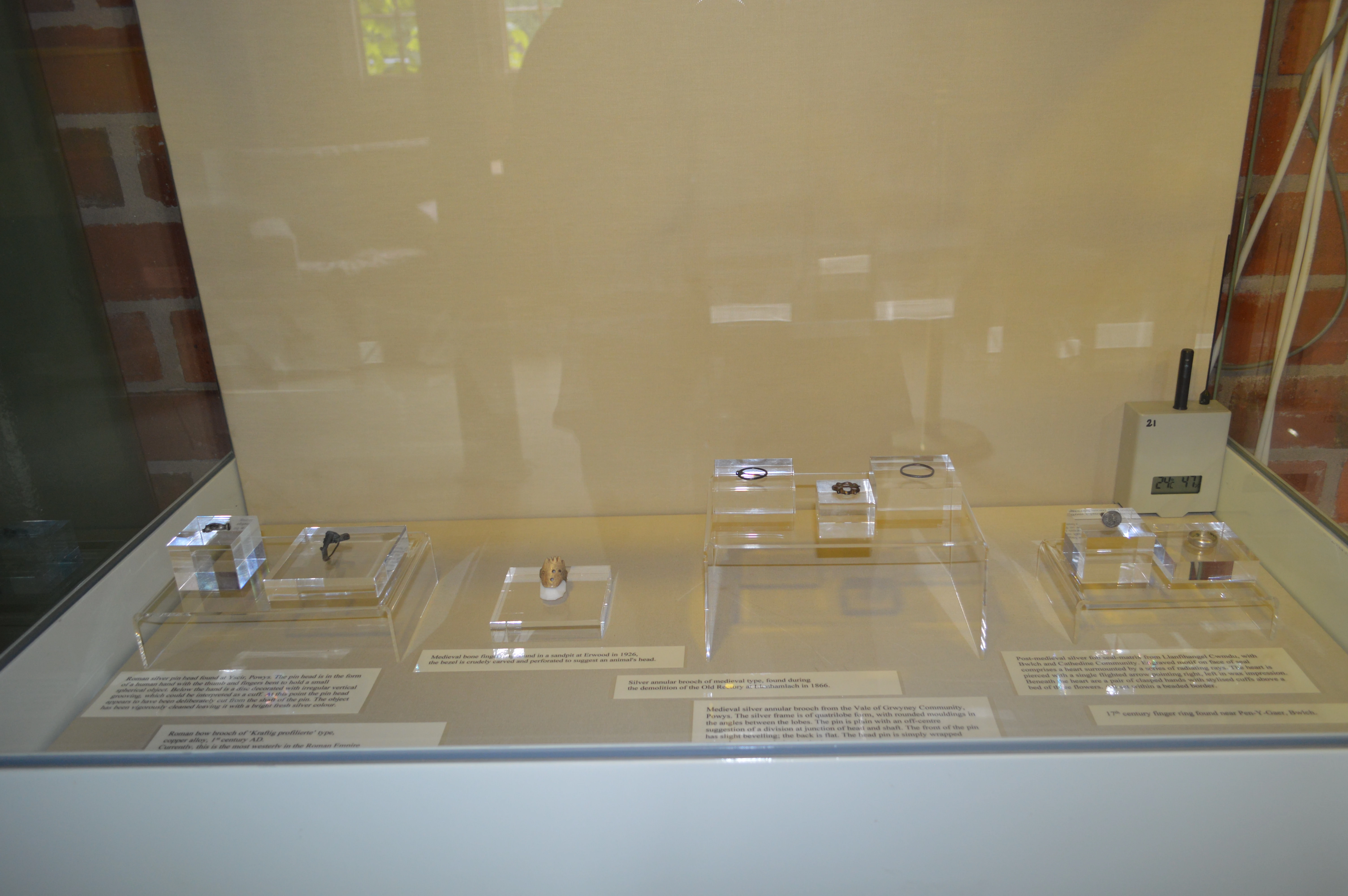

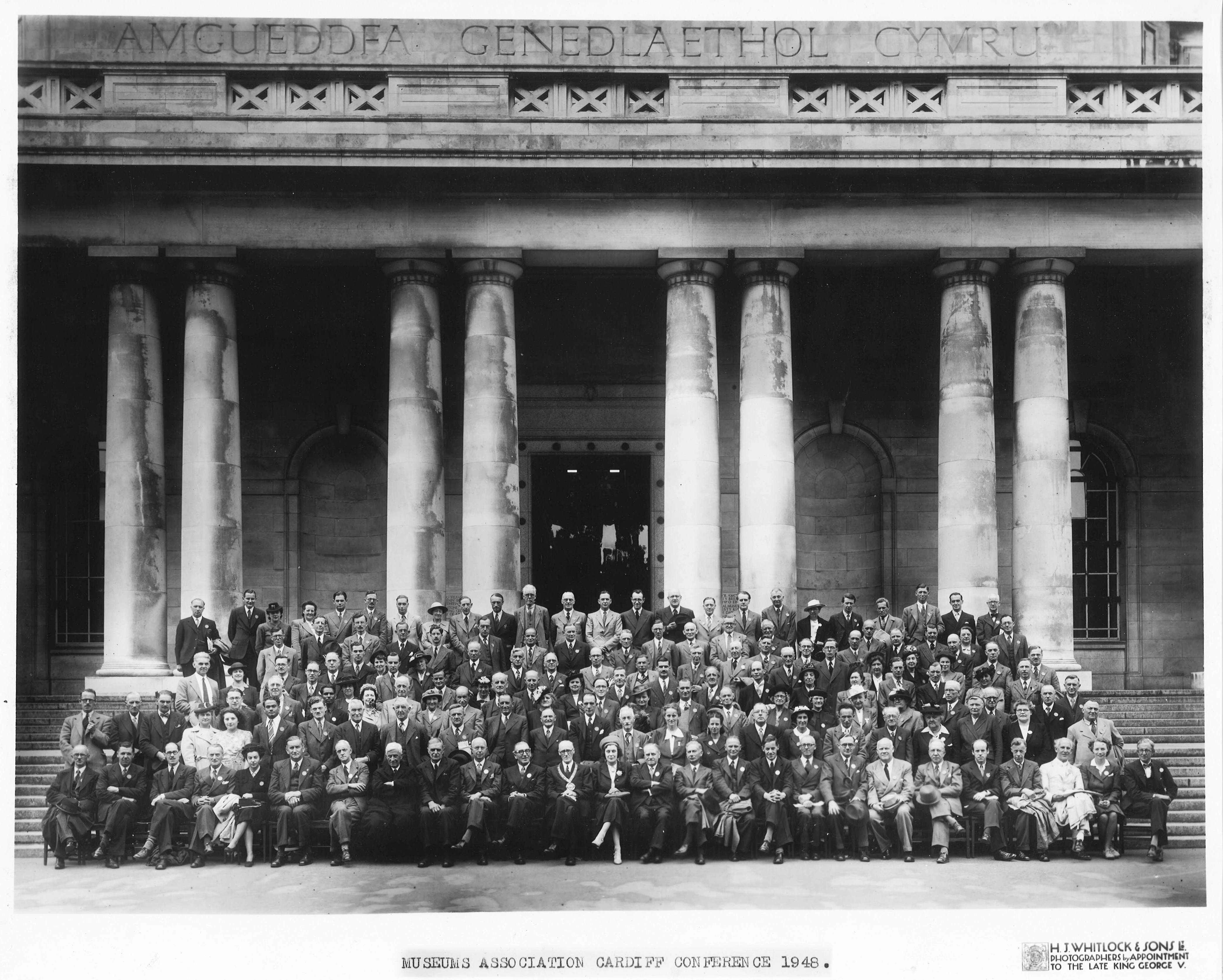
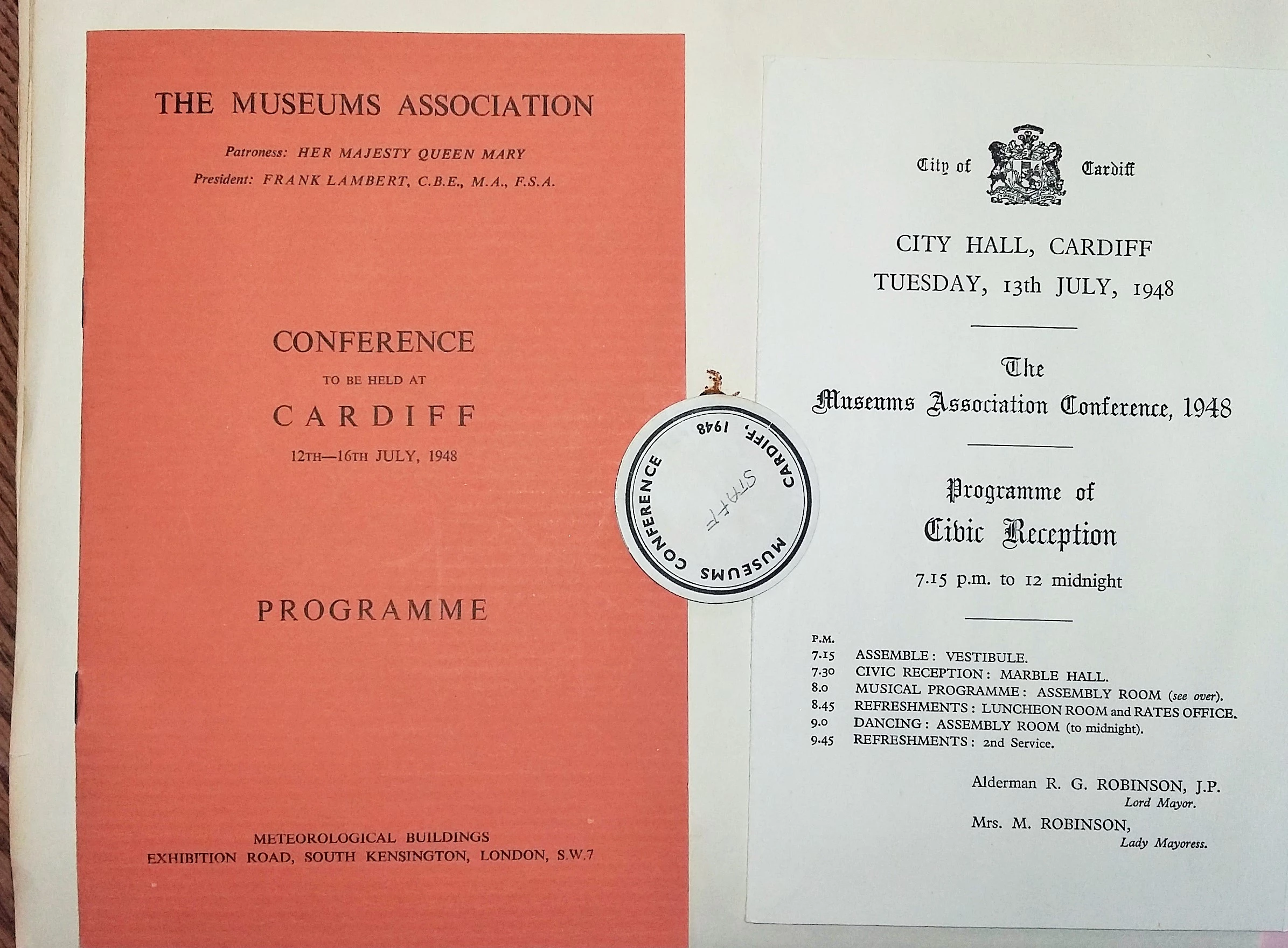
![Museum Association Conference ephemera [1948]](/media/44924/version-full/Museum-Association-Conference-ephemera-1948-.webp)
